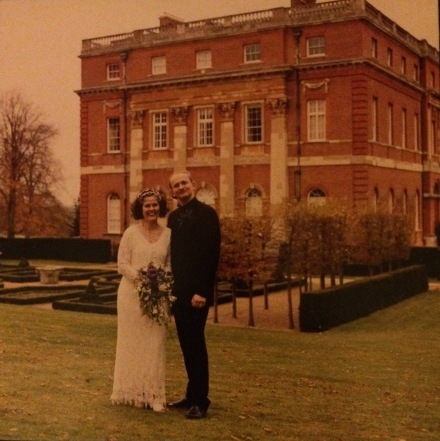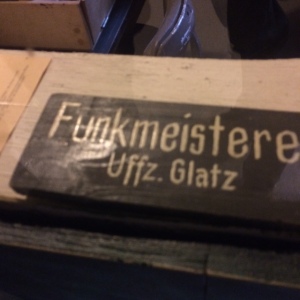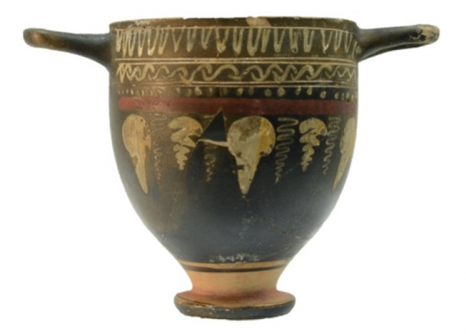
Clandon Park
I was going to write about yesterday’s visit to the Museums and Heritage Show, but when I got home from London I’d heard the terrible news of the fire at Clandon Park.
The place is special to me for two reasons. Not only is it one of the places I work with (I was there only Monday making exciting plans for the future), but also, in 1999 before I ever dreamed of working for the National Trust, it was where I got married.
Continue reading →







